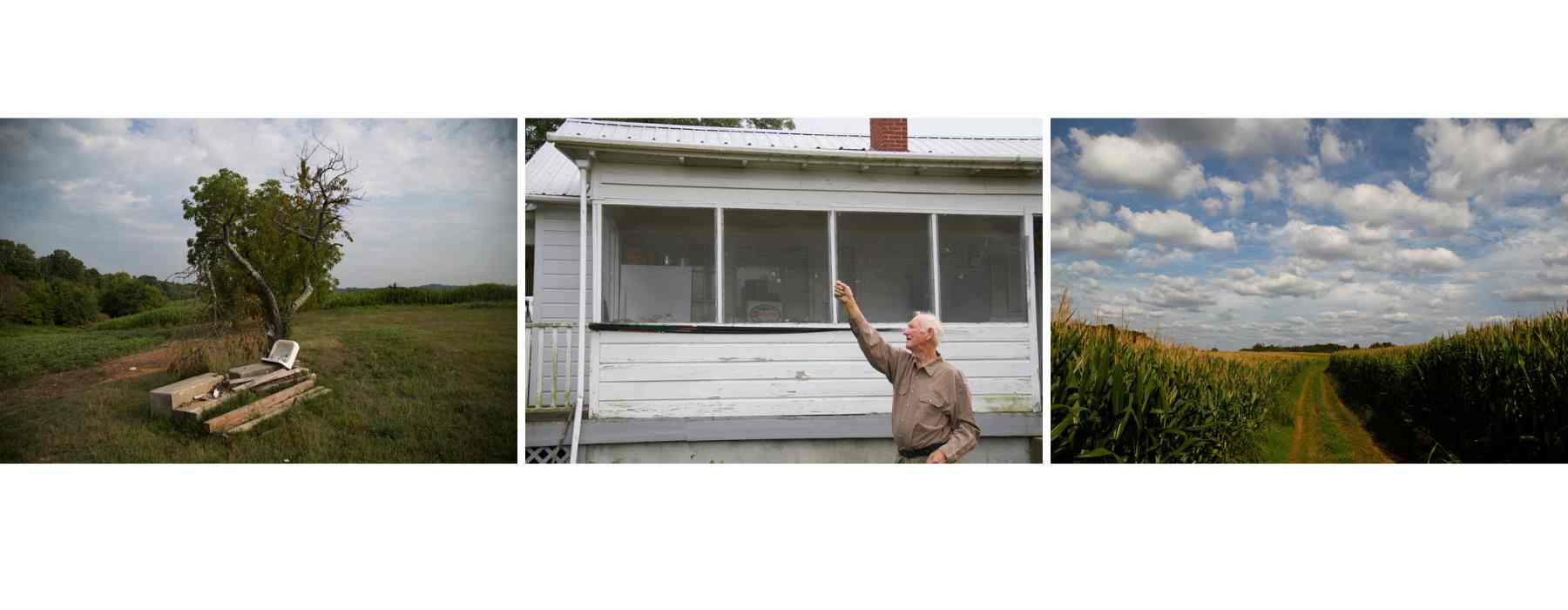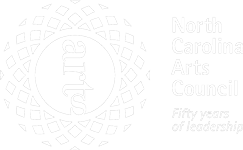The Rain Crow is a meditation on memory, identity, and the layered relationships between land, family, and the natural world in the American South. As both symbol and signal, the rain crow-the-yellow-billed cuckoo-offers an entry point into a conversation about personal and environmental precarity. Long believed to foretell oncoming storms, the bird becomes a quiet metaphor throughout the work, marking the moments before a shift: in weather, time, and life.
This exhibition is rooted in the Southern Appalachian region and shaped by my family history there. Through quiet, often intimate images, The Rain Crow explores how landscape shapes identity-not only through physical presence but through generational memory, unspoken knowledge, and the slow accumulation of rituals tied to place. These photographs are not documents in the traditional sense; they are elegies. They seek to hold space for knowing that cannot be fully articulated-only felt, remembered, or passed on.
The Southern landscape is not just a backdrop in The Rain Crow; it is a living presence. It breathes and changes across the images, echoing the emotional undercurrents of loss, belonging, and impermanence. Through careful attention to weather, time of day, crops, and the cyclical nature of life and death on the farm, I sought to render the landscape not as a static view but as an active participant in the story. Each photograph invites viewers to examine what's often overlooked more closely the small, fleeting details that speak to the deeper relationships between people and place.
At the center of this work is my father. His presence-steady, unassuming, and deeply connected to the land-is a grounding force in the series. His gestures, movements, and silence tell the story of place more potently than words. His trust in this process and in me allowed this work to evolve in a profoundly personal way. His life becomes the thread through which broader themes-land stewardship, generational memory, and quiet resilience-are made visible. His life and movement through these familiar environments offered me a lens to explore the deep imprint of place. I am profoundly grateful for the openness and faith that allows the project to unfold with authenticity and depth. This work began the day my mother died on April 7, 2012, and will ultimately be completed upon my father's death.
Ecology, in this sense, is both external and internal. The project is informed by an understanding of environmental interconnectedness and a sensitivity to the fragility of local ecosystems. At the same time, it asks what happens when our memories are rooted in people and places that are disappearing due to climate change, development, the slow erosion of cultural traditions, or simply the process of aging itself.
Rooted in familial ties and the fragile relationship between humans and land, The Rain Crow invites viewers to witness the subtle beauty of impermanence. These images, particularly the installation, offer a space for reflection, remembrance, and awareness-an invitation to consider what we carry, what we're losing, and what it means to be tethered to place.













